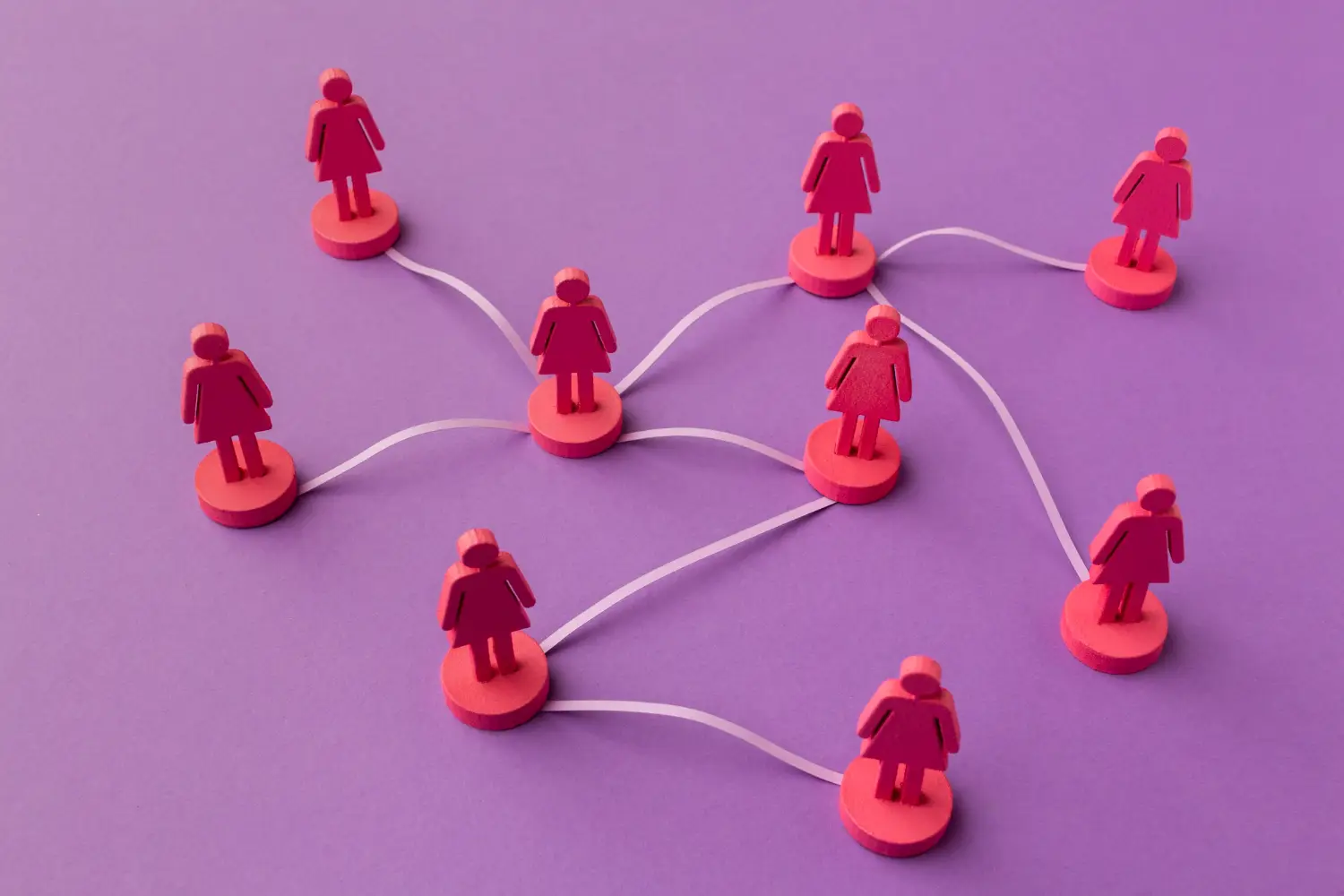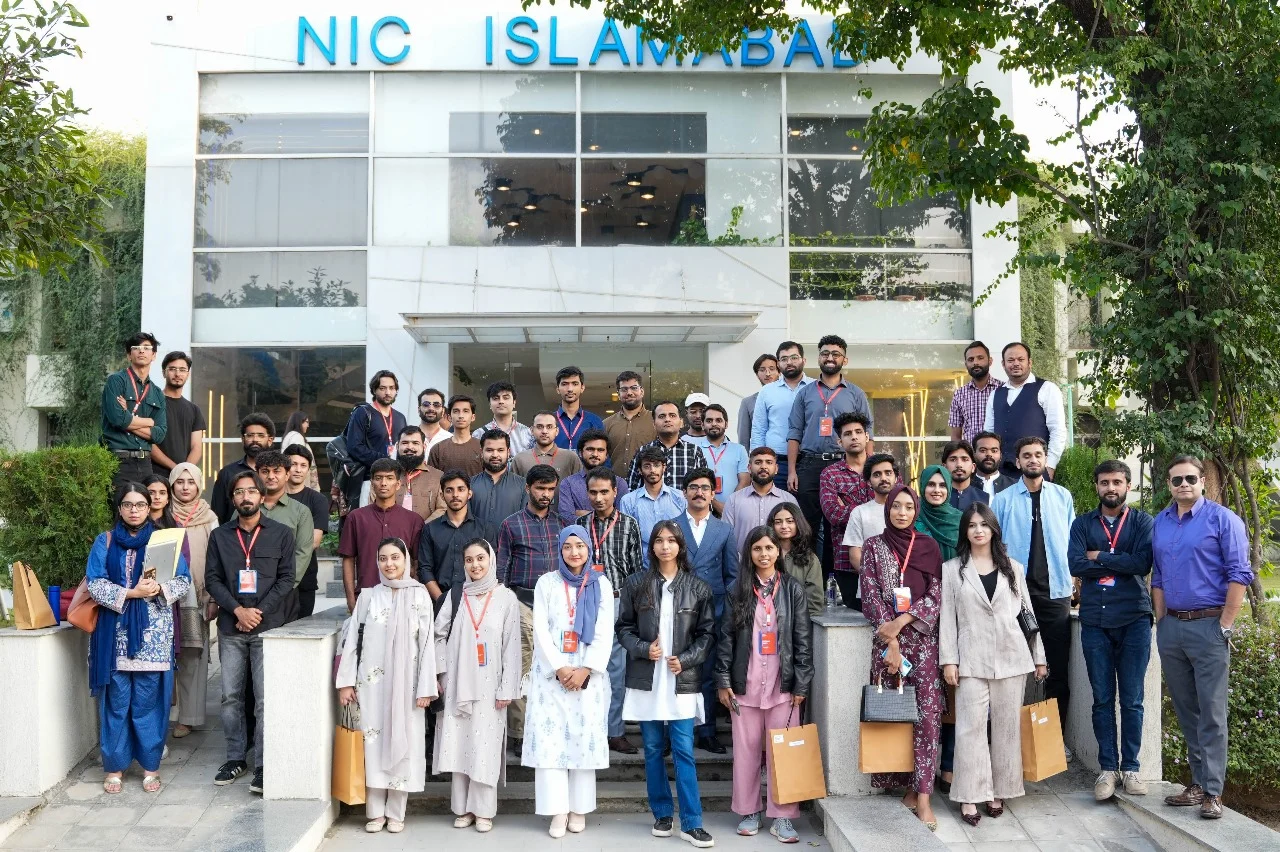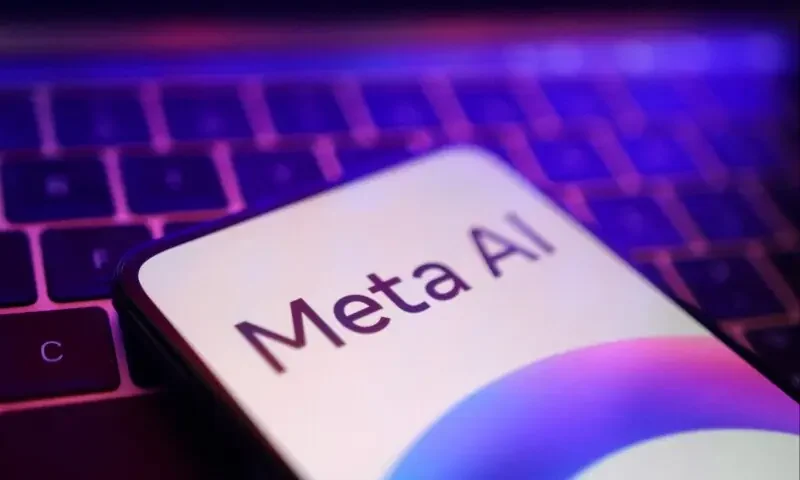AI is boosting productivity, but Microsoft’s research shows it may also be widening the gap between who wins and who loses in the future of work.
Generative AI is reshaping the world of work, but its benefits are far from evenly shared. The recent Microsoft’s Research study drawing on more than 200,000 user AI interactions offers more than just evidence of productivity gains; it quietly surfaces deeper, overlooked dimensions of the AI transition. Beneath the headlines about efficiency, the findings point to growing inequalities, fragile job security, and stark divides over who is empowered and who is sidelined in the AI-powered workplace
Socioeconomic Divide: A Tale of Two Futures
AI is not a neutral force; it inevitably creates winners and losers depending on how and where it is adopted. In high-income economies, particularly in knowledge-intensive sectors, AI is already serving as a career accelerator boosting productivity, streamlining tasks, and deepening skill application. However, the picture is more complex in emerging economies. For years, countries such as India and the Philippines have built significant portions of their economies around service exports like customer support, transcription, and back-office operations. These industries have provided stable employment for millions and acted as gateways for upward mobility. With large language models now capable of performing many of these functions at lower cost and higher efficiency, the demand for outsourced human labor risks declining.
This shift could have profound consequences for regions reliant on service exports as a pathway for economic growth. Rather than leveling the playing field, AI may reinforce existing global inequalities by consolidating value creation in the Global North while displacing jobs in the Global South. The challenge is not simply technological substitution but the structural imbalance in who benefits from AI-driven productivity gains. Without proactive global strategies such as investment in upskilling, diversification of industries, and equitable access to AI technologies the AI revolution could widen the economic divide instead of bridging it.
Also Read
Govt Announces URAAN AI Techathon 1.0 – A Game-Changing Opportunity for Startups in PakistanDigital Inequality: Access Shapes Opportunity
The occupational involvement patterns of AI also carry significant socioeconomic implications. Since AI shows its strongest alignment with information and communication tasks such as customer service, writing, and advisory functions it disproportionately affects roles that are often concentrated in the middle of the income distribution. This suggests a potential “hollowing out” of middle-skill jobs, where automation augments or partially substitutes for routine information work.
At the same time, highly manual and care-based professions, such as nursing assistants or machine operators, remain relatively insulated, though they may face indirect pressures if productivity gains in other sectors reshape labor demand. Conversely, high-skill analytical and technical roles, like data scientists or mathematicians, may experience both augmentation and friction: AI boosts efficiency in text-centric advising but struggles with structured data and visual design, implying uneven productivity effects. Overall, these patterns raise concerns about widening income inequality, as workers in AI-intensive fields may face wage compression or job restructuring, while those in manual and care-intensive fields may see stagnant wages and limited technological spillovers.
Who gets to use AI meaningfully? Access to high-quality AI tools often requires reliable internet, digital literacy, and in some cases paid subscriptions. This raises the digital inequality problem: privileged professionals can harness AI as a “second brain,” while others are left competing with the very systems that threaten their livelihoods.
Without deliberate policies around accessibility, training, and redistribution of benefits, generative AI may entrench existing inequities rather than dismantle them.
Gender Implications: Reinforcing or Redefining Roles?
AI’s integration into the workplace risks reinforcing existing gender inequalities because of the way work is divided along gendered lines. Women are disproportionately concentrated in occupations such as caregiving, teaching, nursing, and other forms of physical and emotional labor. These tasks are deeply human, relational, and embodied, making them resistant to automation. However, precisely because they cannot be easily automated, they also cannot be meaningfully enhanced by AI in ways that increase productivity or career advancement. This creates a paradox: women in these roles are safe from being “replaced” by AI, but at the same time they are excluded from the efficiency gains, promotions, and salary growth that AI brings to professions dominated by men, such as software engineering, financial analysis, and data science. In effect, AI locks women’s caregiving labor into a static state, while accelerating the upward trajectory of men’s careers in technology-driven fields.
At the same time, AI also threatens women’s economic security by targeting another sector in which they are overrepresented: routine clerical and administrative work. Secretarial positions, data-entry jobs, record-keeping, and even library cataloguing all roles historically assigned to women are precisely the types of tasks that AI can execute with greater speed and accuracy. Unlike caregiving roles, where women face stagnation, here the risk is outright replacement. Thus, women are caught in a double bind: in one set of roles, AI offers no upward mobility; in another, it erases their positions altogether. By contrast, male-dominated professions tend to benefit from AI augmentation, where machines handle repetitive aspects of the work while humans focus on higher-value, strategic tasks. This dynamic not only widens the gender pay gap but also deepens the perception that men’s work is future-oriented and technologically advanced, while women’s work is either replaceable or “stuck in time.”
The Broader Inequalities at Stake
Generative AI is not merely an economic tool, it is a force that risks magnifying the deepest structural inequities in our societies. Left unchecked, it threatens to:
- Strip emerging economies of hard-won economic opportunities by undermining service-export industries that millions depend on for livelihoods.
- Concentrate wealth and productivity gains in the hands of elites and corporations with privileged access to AI, entrenching inequality rather than democratizing progress.
- Disproportionately displaced women, who remain overrepresented in undervalued care work and administrative roles that AI can easily automate, further marginalizing their economic mobility.
- Cement a two-tiered workforce: one empowered and accelerated by AI, and another rendered expendable, deepening divides not only between countries but also within societies.
The Critical Question
AI promises efficiency, but efficiency for whom? Without structural safeguards such as digital inclusion programs, re-skilling initiatives, and gender-conscious policies, generative AI risks cementing existing inequalities rather than opening new doors.
As the Microsoft Research report reveals, AI’s occupational implications go beyond tasks and productivity: they speak directly to fairness, equity, and the kind of future we want to build.
FAQ
A: The study showed that while AI can improve productivity, its benefits are unevenly distributed, with knowledge workers gaining more while vulnerable sectors risk job loss.
A: Many service-based jobs in the Global South, such as customer support and transcription, face displacement as generative AI becomes more cost-effective for businesses.
A: Yes, women in care work and physical labor—sectors less enhanced by AI—may see fewer career gains compared to men in AI-augmented, knowledge-intensive fields.




